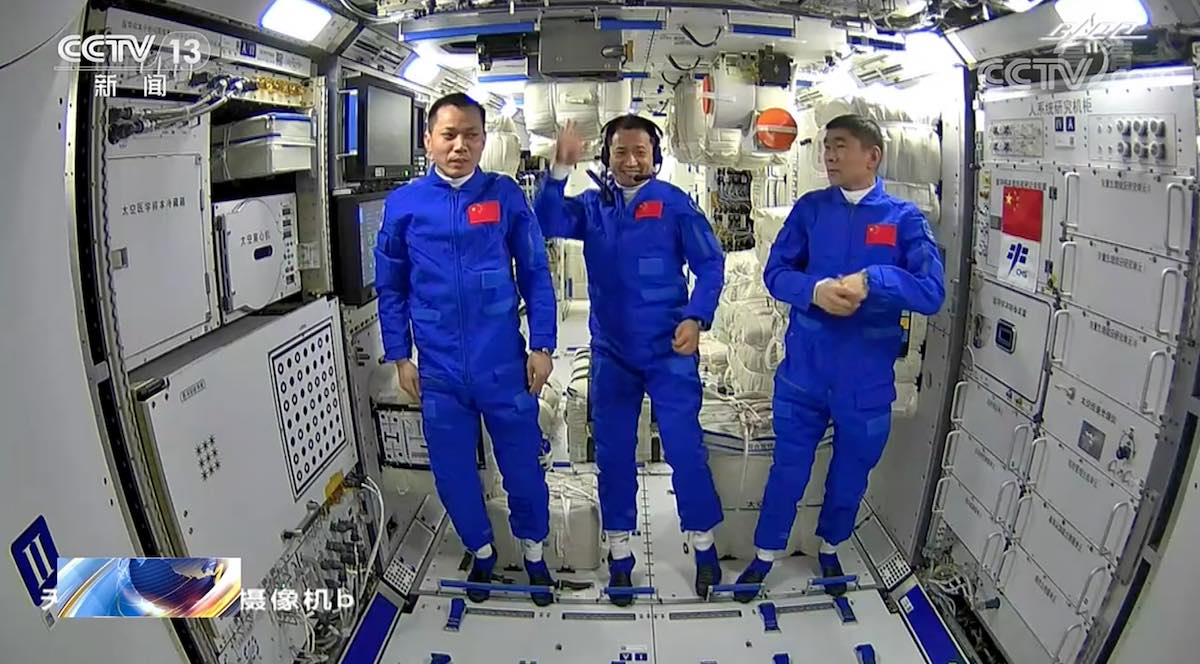Science
China Space Station Crew Completes 1st Spacewalk

BEIJING — The crew of the Chinese space station in orbit has finished the first of several planned spacewalks during their six-month mission. This is something that the country’s astronauts do all the time.
The China Manned Space Agency says that Fei Junlong and Zhang Lu did a number of things during their seven-hour EVA on Friday. They installed extension pumps outside the Mengtian laboratory module, for example. Deng Qingming, the third member of the Shenzhou-15 mission, assisted from within the station. The three are scheduled to perform several additional spacewalks during their stay on board.
China finished the Tiangong station in November by putting the last of three modules around the Tianhe living and command module.
China built its station after being denied access to the International Space Station, owing largely to US concerns about the People’s Liberation Army, the military wing of the ruling Communist Party.
Last week, the U.S. military shot down what was thought to be a Chinese military spy balloon that had drifted over the continental U.S. This raised more security concerns about China around the world. China claims it was a civilian weather balloon that went off course.

China’s Space Station Has A Life Span Od 10-15 Years
Tiangong weighs about 66 tons, a fraction of the International Space Station‘s 465 tons. It has a capacity of six astronauts, but only three will be on board for each mission.
Tiangong, with a lifespan of 10 to 15 years, could one day be the only space station still operational if the ISS retires as expected at the end of the decade.
After the former Soviet Union and the United States, China became the third government to send an astronaut into orbit in 2003. It went on its first spacewalk in September 2008, and since the Tianhe module was launched in 2021, there have been more of them.
The country has also achieved unmanned mission success: its Yutu-2 rover was the first to explore the moon’s little-known far side. Its Chang’e 5 probe will also return lunar rocks to Earth for the first time since the 1970s in December 2020, and another Chinese rover is looking for signs of life on Mars.
A crewed mission to the moon is also being considered, though a timetable has yet to be provided.
SOURCE – (AP)








































